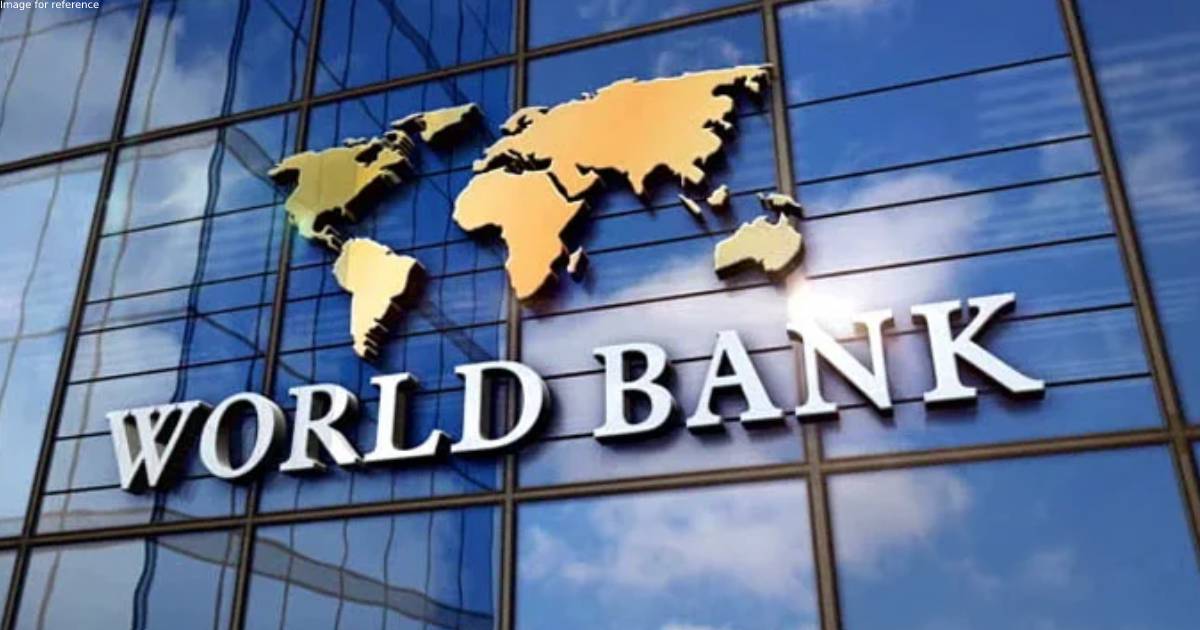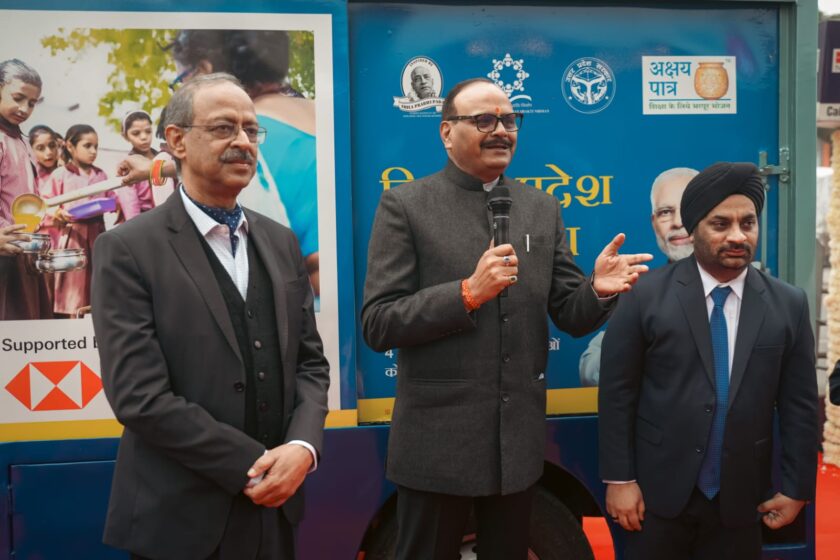New Delhi: India has emerged as the world’s fourth most income-equal country, according to a new World Bank report, marking a major achievement in reducing income inequality and extreme poverty. The report highlights a significant improvement in India’s Gini Index, which now stands at 25.5, down from 28.8 in 2011–12—placing India ahead of major economies like the United States (41.8), United Kingdom, and China (35.7).
The Gini Index, a statistical measure of income or wealth distribution within a population, ranks countries on a scale from 0 (perfect equality) to 100 (maximum inequality). India’s current score reflects a category of “moderately low inequality,” a position shared by many high-income European nations.
Only three countries—Slovak Republic (24.1), Slovenia (24.3), and Belarus (24.4)—rank ahead of India in income equality. The report attributes this progress to sharp declines in extreme poverty and inclusive growth strategies.
Poverty Drops Sharply Across India
Extreme poverty in India, defined as living on less than $2.15 per day, fell dramatically from 16.2% in 2011–12 to just 2.3% in 2022–23. An estimated 171 million Indians moved out of poverty during this period. Rural poverty dropped from 18.4% to 2.8%, while urban poverty declined from 10.7% to 1.1%. The gap between rural and urban poverty also narrowed significantly—from 7.7% to 1.7%.
The World Bank estimates that 378 million Indians exited poverty over the past decade, with the overall poverty rate falling from 61.8% to 28.1%. India is now transitioning into a lower-middle-income economy, with further adjustments placing its 2022–23 poverty rates at 5.3% (extreme poverty) and 23.9% (moderate poverty).
State-wise Progress and Government Interventions
The five most populous Indian states—Uttar Pradesh, Maharashtra, Bihar, West Bengal, and Madhya Pradesh—accounted for 65% of the country’s extremely poor population. These states contributed two-thirds of the national poverty reduction, although they still house 54% of the remaining extremely poor. Significant improvements were also observed in access to healthcare, education, and overall living standards.

Government schemes like Pradhan Mantri Jan Dhan Yojana, Direct Benefit Transfers, and Stand-Up India played key roles in promoting inclusive development and ensuring benefits reached the underserved.
Remaining Challenges: Employment and Gender Gaps
Despite the gains, several challenges persist. Only 23% of non-agricultural wage employment is formal, and most agricultural jobs remain in the informal sector. Notably, self-employment among rural women has increased, yet female labor force participation remains at 31%, with 234 million more men in paid jobs than women.
Youth unemployment is another area of concern, standing at 13.3% overall and 29% among those with higher education. However, India’s urban unemployment rate fell to 6.6% in Q1 FY2025, the lowest since 2017–18. Meanwhile, rural male migration to urban areas, which had slowed during the COVID-19 pandemic, is now resurging.
A Global Example in Economic Inclusion
The World Bank’s findings underscore India’s emergence as a global example in narrowing income inequality. Through strategic policy interventions, targeted welfare schemes, and economic reforms, India has not only lifted millions out of poverty but has also become one of the most income-equal countries in the world. This progress strengthens its positioning as a rising economic power with an inclusive growth model.





